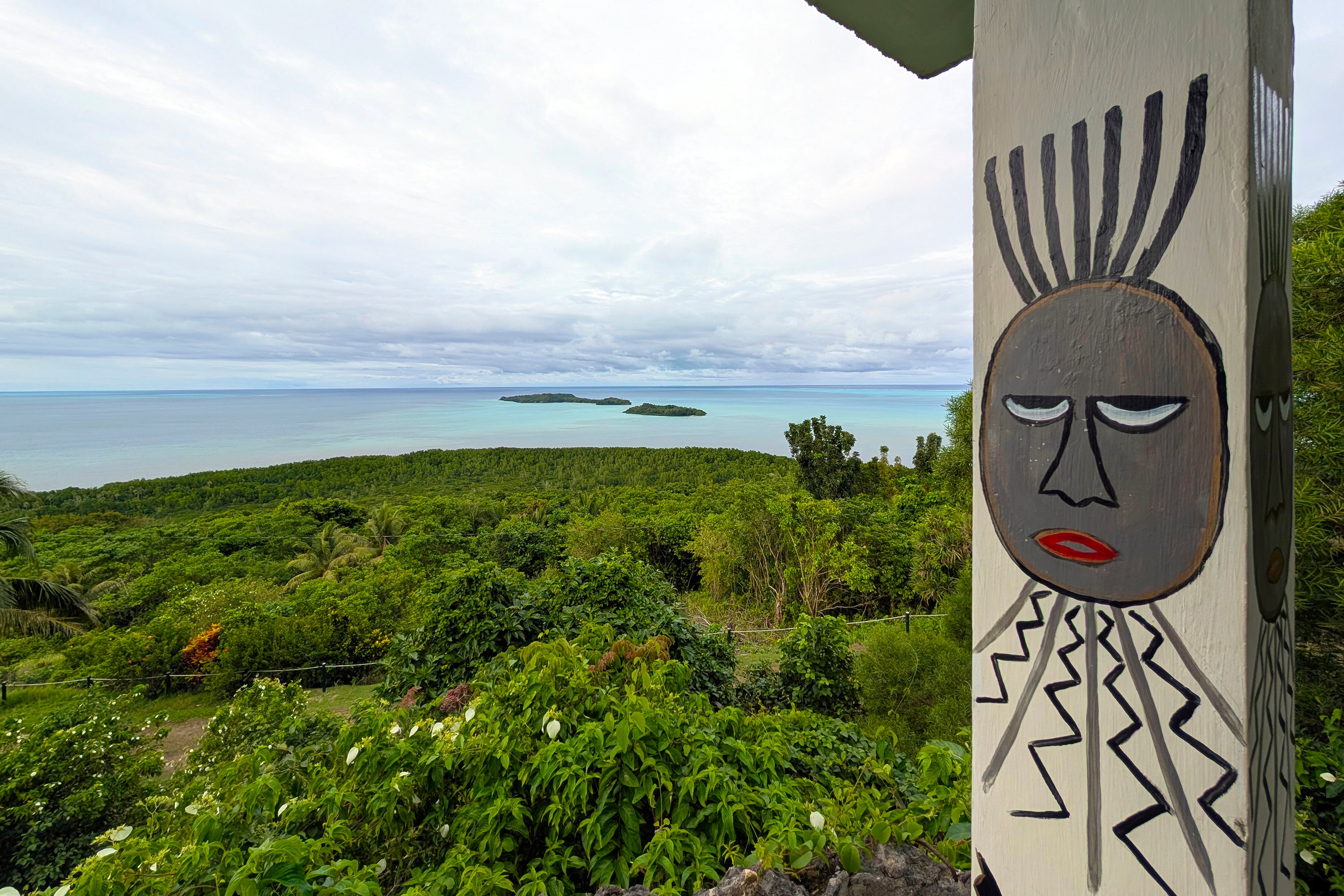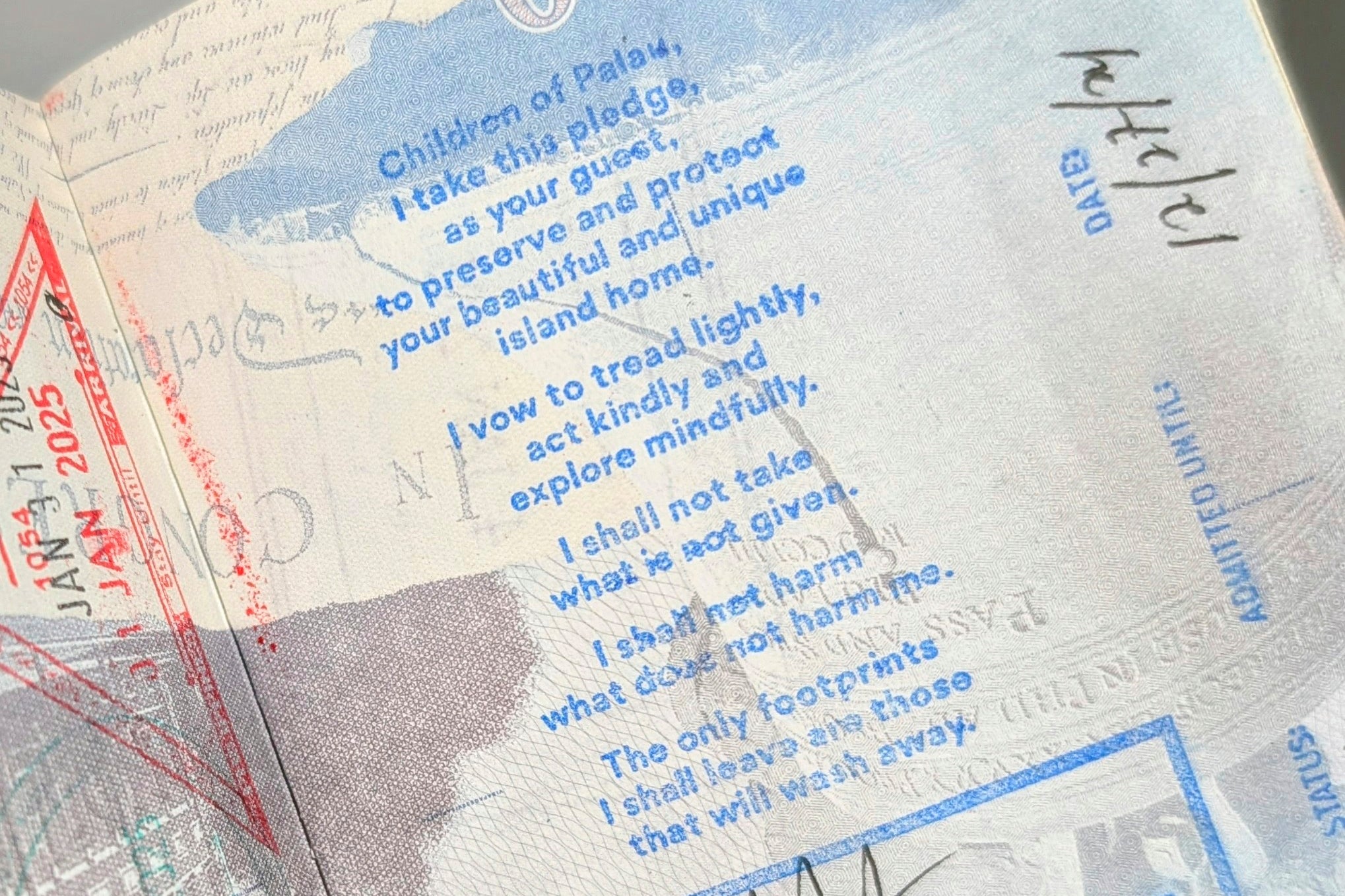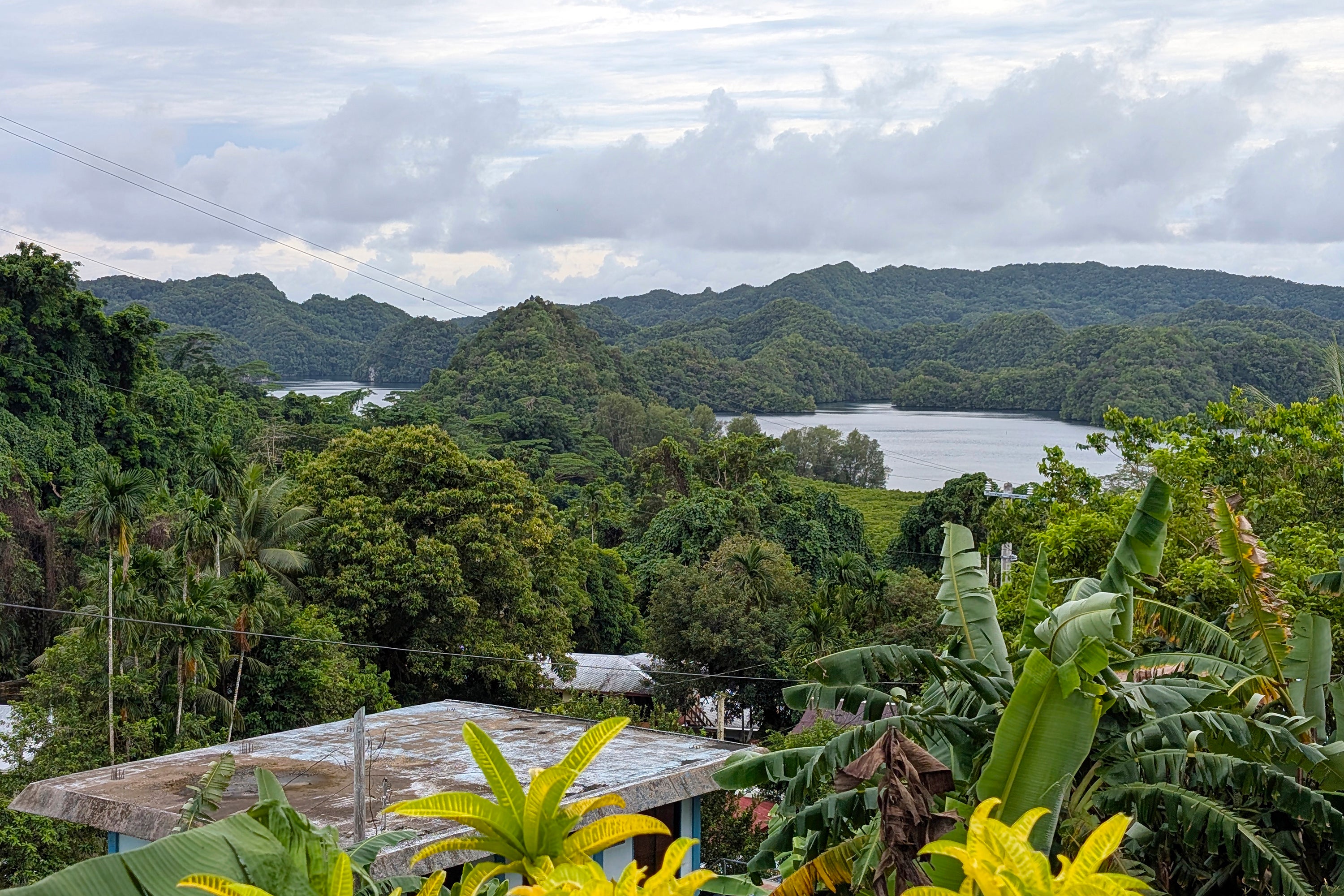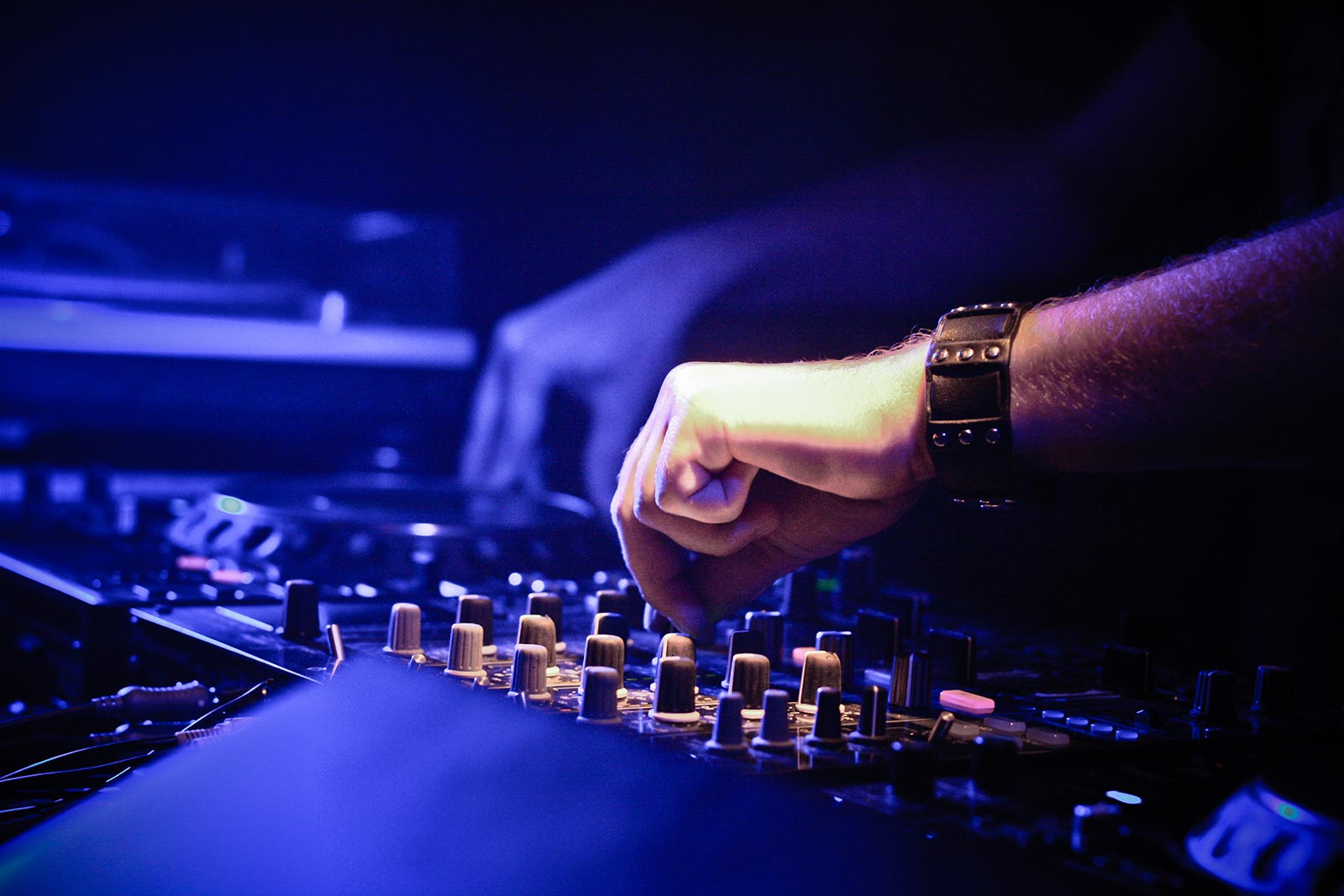This website uses cookies so that we can provide you with the best user experience possible. Cookie information is stored in your browser and performs functions such as recognising you when you return to our website and helping our team to understand which sections of the website you find most interesting and useful.
Your support helps us to tell the story
From reproductive rights to climate change to Big Tech, The Independent is on the ground when the story is developing. Whether it's investigating the financials of Elon Musk's pro-Trump PAC or producing our latest documentary, 'The A Word', which shines a light on the American women fighting for reproductive rights, we know how important it is to parse out the facts from the messaging.
At such a critical moment in US history, we need reporters on the ground. Your donation allows us to keep sending journalists to speak to both sides of the story.
The Independent is trusted by Americans across the entire political spectrum. And unlike many other quality news outlets, we choose not to lock Americans out of our reporting and analysis with paywalls. We believe quality journalism should be available to everyone, paid for by those who can afford it.
Your support makes all the difference.
While researching a trip to Palau, a tiny island nation dotting Micronesia’s western edge, I found endless information about its famed mushroom-shaped Rock Islands and spectacular diving sites, including over 50 World War II wrecks.
But what I discovered upon arrival was a destination eager to highlight something else: its rich culture on solid land.
The remote archipelago’s efforts to encourage activities like village tours and traditional handicraft workshops appear to be helping tourism rebound from pandemic-era lows. Visitor numbers have surged from about 5,000 in 2021 to more than 50,000 in 2024, according to the country’s visitors authority. Chinese travellers lead the recovery despite recent diplomatic tensions.
“We’ve been known for our crystal clear water, but there’s more to see,” says Sean Tekriu, who welcomes visitors to Palau’s Badrulchau Stone Monoliths, one of the many land-based attractions touted by tourism officials. “We want to showcase our culture, our heritage and our lifestyle.”

Read more: The surprise city break holiday perfect for foodies
Palau, a cluster of more than 300 islands, can be reached directly from several locations, including Brisbane, Australia; Guam; Hong Kong; Macao; the Philippines and Taiwan. It’s best known for its underwater landscapes, with 1,500 fish species and 400 hard corals.
Palauans are passionate about protecting these natural treasures and have designated 80 per cent of their waters as a protected sanctuary — one of the highest proportions of any country. Upon entry, we were required to sign the “Palau Pledge” in our passports, promising to safeguard the environment for future generations.
Many visitors come to dive the historic wreckage — remains of the Japanese naval stronghold in the Pacific. One of the most notable relics is Iro Maru, a massive, 470-foot supply ship that rests upright with schools of lionfish and clownfish darting through its corridors.
Jellyfish Lake, once Palau’s most Instagrammable attraction, where snorkelers snapped selfies with throngs of harmless jellyfish, now lies nearly empty due to rising ocean temperatures. However, snorkelers like myself can still experience Palau’s marine beauty at sites like Ngemelis Wall, known as the Big Drop-Off. As I glided along the surface, I spotted swarms of vibrant fish and a nurse shark deep below, its silhouette growing fainter as the coral cliff plunged a thousand feet into darkness.
My peaceful float was interrupted by a sudden sharp sting on my knee. When I surfaced, I found it bleeding, with no obvious culprit. Only later, while reviewing my photos, did I discover my likely attacker: The notoriously aggressive, yellow-and-black Titan Triggerfish was caught in one frame, its mouth agape with tiny, razor-sharp teeth.

At Tebang Woodcarving Shop, artisans chronicle Palauan oral history through traditional carved wooden panels, or storyboards. Visitors can purchase these works of art, which can be up to 20 feet long, or take a class to learn how to craft their own.
“We have a passion for sharing our stories,” says McMichael Mutok Jr., who tries to preserve his country’s history through his work at the National Register. A common storyboard legend, he explains, is of the breadfruit tree, which details how jealousy over a magical fish-sprouting tree led to it being submerged underwater along with an entire island.
Dozens of storyboards are on display at the Etpison Museum, which also showcases Micronesian artefacts like giant Yapese stone currency. Both the Etpison and Belau National Museum feature a wealth of local history and customs, such as the “first childbirth” ceremony, a cleansing and healing ritual that celebrates first-time mothers.
A map of Palau:
For a hands-on experience, check out Belau Eco Glass, a gallery and centre for upcycled art at the Koror State waste management facility. You can transform recycled trash into treasures at their glassblowing workshops, or purchase ready-made pieces like delicate vases and vivid jewellery. After browsing the collection, I left with a dainty pair of tangerine-coloured earrings.
We also stopped by the bi-monthly 680 Night Market, where performers join vendors and artisans for a lively mix of music, traditional dance, local cuisine, fresh produce, crafts and souvenirs under the Japan-Palau Friendship Bridge.
As the sun was setting, I took in the ocean views from beneath the bridge, which connects Koror Island — Palau’s commercial and dive hub — with Babeldaob Island, home to natural landmarks and historical sites.
Read more: Put your money on Thailand for longhaul winter sun

On Babeldaob Island, intrepid travellers can visit Ngardmau, Micronesia’s tallest waterfall. It can be reached via a steep, muddy jungle trail where hikers choose between a daring river crossing (a challenge I left to braver souls) or a drier route along the water’s periphery. Trekkers are rewarded with a refreshing dip in the pools beneath the falls at the journey’s end.
History enthusiasts may want to explore the ruins of Kaigun Sho, a WWII Japanese communications centre. At Babeldaob’s uncrowded northern tip, I walked through the remnants of a Japanese lighthouse; the panoramic Pacific views justified the trip, despite the structure’s minimal remains.
Nearby, we roamed the historic and serene terraces of Badrulchau Stone Monoliths. The archaeological remains from 150 A.D. include more than 34 columns believed to have once formed the foundation of a grand meeting house. I found myself captivated by the site’s mysterious origins, especially the local legends of a trickster god who fooled other gods into dropping stones across the country.
Mutok Jr. hopes that sharing stories like these through heritage-based tourism will help elevate Palau’s profile to rival that of Pohnpei’s Nan Madol or Easter Island’s moai.
“For tourists to come and learn about our history and people, that’s what’s important to us,” he says.
Read more: Our family trip to Fiji followed in the footsteps of Disney star



 Africana55 Radio
Africana55 Radio 
